Bangkok
CITY OF ANGELS
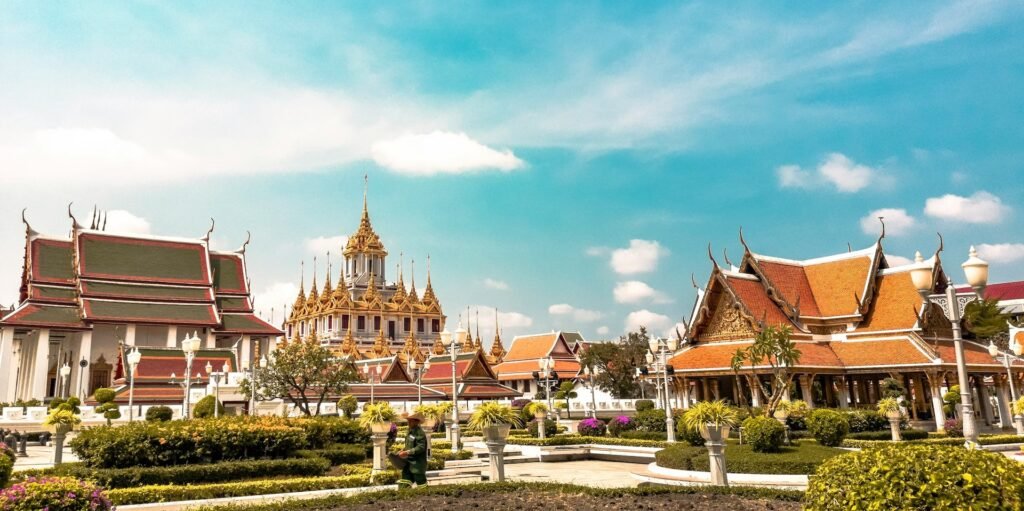
Bangkok, the capital of Thailand, is a dynamic city that combines cultural heritage with urban energy. Visitors can explore historic sites like the Grand Palace and Wat Arun, or wander through bustling markets such as Chatuchak Weekend Market. The city’s street food scene offers a range of flavors, from spicy noodle soups to sweet desserts, while the Chao Phraya River provides scenic boat rides. With its mix of temples, shopping, and dining, Bangkok caters to a variety of interests.
It helps keep this site running, and we appreciate your support!
Sightseeing
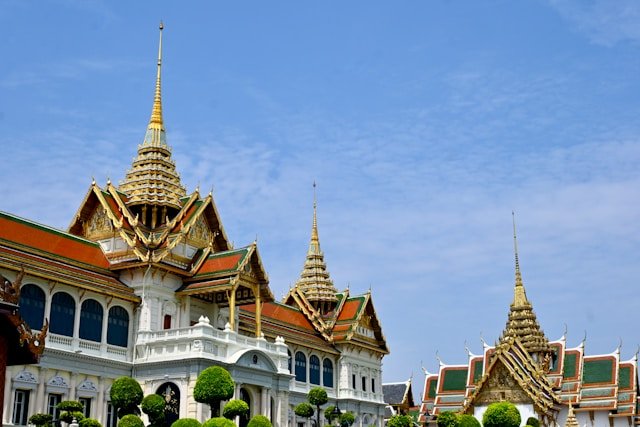
Grand Palace
Built in 1782, this sprawling complex was the royal residence for generations and remains a powerful symbol of Thai monarchy even today. Located in the heart of Bangkok near the river, it’s renowned for its breathtaking architecture, featuring golden spires, ornate rooftops, and the sacred Emerald Buddha housed in Wat Phra Kaew, the temple within its walls. The detailed murals lining the corridors, glittering mosaics, and grand ceremonial halls make it a must-see for any visitor, though it’s often crowded with tourists and requires modest dress—no shorts, sleeveless tops, or flip-flops allowed—so plan accordingly.
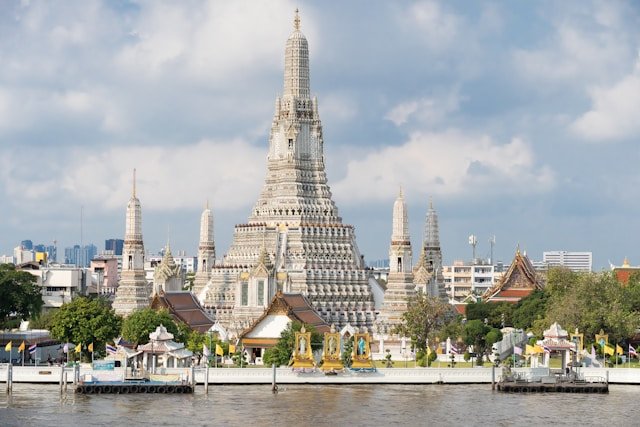
Wat Arun
Across the Chao Phraya River, this iconic temple, known as the Temple of Dawn, stands out with its striking riverside silhouette and steep, prang-style tower that dominates the skyline. Decorated with colorful porcelain and seashells embedded in its surface, it’s a stunning example of Khmer-influenced design that catches the light beautifully. Climbing its narrow, vertiginous steps offers panoramic views of Bangkok, especially at sunset when the structure glows against the fading sky, making it a favorite for photographers, history enthusiasts, and anyone seeking a memorable vista.
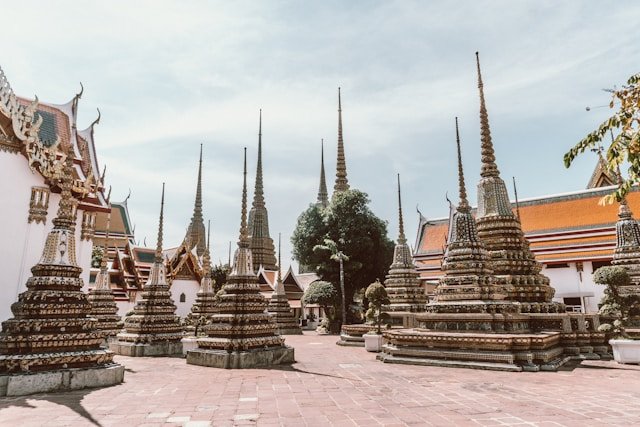
Wat Pho
Home to the massive Reclining Buddha—a 46-meter-long golden statue that fills an entire hall—this temple is one of Bangkok’s oldest and largest religious sites. Beyond the star attraction, it’s a peaceful retreat with over 1,000 Buddha images scattered throughout, beautifully tiled stupas, and shaded courtyards perfect for a quiet moment. It’s also the birthplace of traditional Thai massage, with an on-site school where you can learn about or even book a session, blending cultural history with a chance to unwind after a day of sightseeing.

Chatuchak Weekend Market
Spanning 35 acres in northern Bangkok, this sprawling market is a shopper’s paradise with over 15,000 stalls selling everything from vintage clothes to handmade antiques. Open primarily on weekends, it draws a mix of locals and tourists for its sheer variety and unbeatable bargains, though the heat, humidity, and crowds can be overwhelming if you’re not prepared. Food stalls dot the maze-like aisles, offering tasty breaks with local dishes like grilled skewers or coconut ice cream, making it as much a cultural experience as a shopping marathon—bring cash, comfy shoes, and patience.
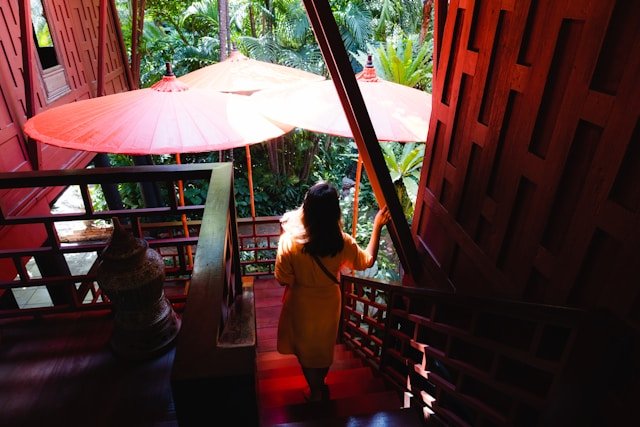
Jim Thompson House
This museum showcases the life and legacy of Jim Thompson, an American entrepreneur who revitalized Thailand’s silk industry in the mid-20th century. Set in a lush, tropical garden, the traditional teak houses—assembled from various parts of Thailand—display his impressive collection of Asian art, antiques, and vibrant textiles. The lingering mystery of his unexplained disappearance in 1967 adds a layer of intrigue, while guided tours offer detailed insight into his contributions, making this serene spot a fascinating detour for those interested in history and design.
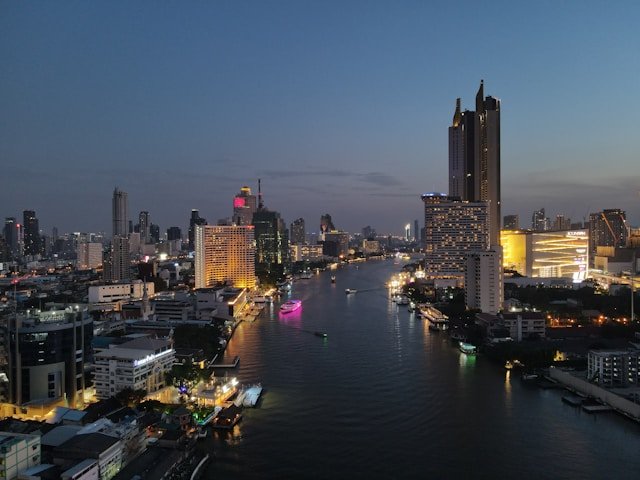
Chao Phraya River
Flowing through the heart of Bangkok, this wide river is both a vital lifeline for the city and a scenic route for exploring its landmarks. Boat rides—whether on affordable public ferries, zippy private long-tails, or leisurely dinner cruises—reveal waterside temples, bustling markets, and glimpses of daily life along the banks. It’s a practical way to dodge the city’s notorious traffic snarls and a relaxing break from the urban grind, with sunset trips offering a cool breeze, stunning skyline views, and a fresh perspective on Bangkok’s charm.
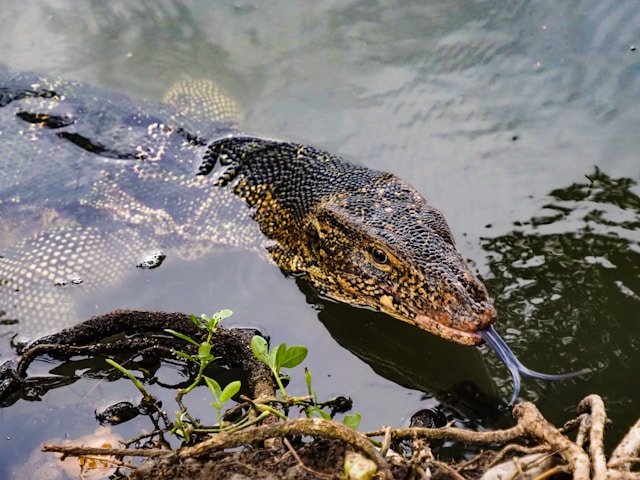
Lumpini Park
In the middle of Bangkok’s concrete jungle, this 142-acre green space offers a quiet escape for joggers, picnickers, and anyone needing respite from the city’s pace. Paved paths wind around serene lakes where you can rent paddle boats, and large monitor lizards roam freely, adding an unexpected, quirky touch to the scenery. It’s busiest in the early morning or late afternoon when locals come to exercise and the heat subsides, providing a rare slice of calm amid the surrounding skyscrapers and traffic.
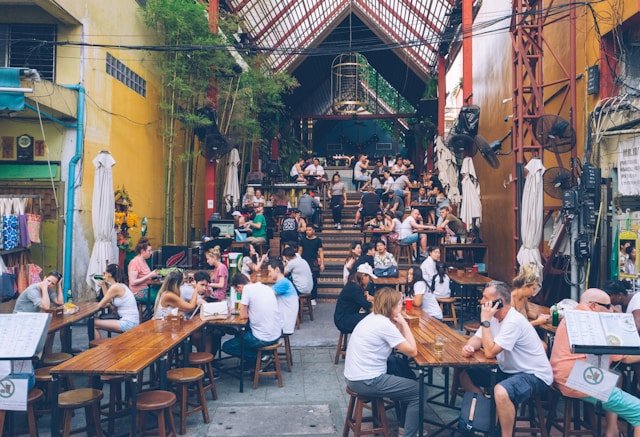
Khao San Road
A backpacker hub in the old city, this short street buzzes with cheap guesthouses, open-air bars, and stalls selling pad thai, mango smoothies, and quirky souvenirs. By day, it’s a chaotic mix of travelers, vendors, and touts; at night, it transforms into a lively party zone with thumping music, neon lights, and a carefree vibe. It’s not polished or luxurious, but its raw energy, affordability, and eclectic crowd make it a rite of passage for budget adventurers looking to soak up Bangkok’s unfiltered spirit.
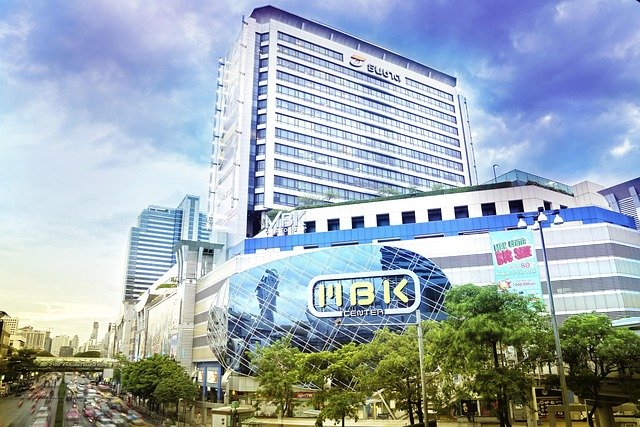
MBK Center
A massive mall with eight floors in the Siam district, this shopping complex is a go-to for electronics, clothes, and knock-off goods at negotiable prices that attract thrifty shoppers. It’s less glossy than Bangkok’s newer malls but packed with over 2,000 shops, a bustling food court with affordable eats, and even a cinema for a break. The air-conditioned chaos appeals to bargain hunters and those looking to escape the sticky humidity outside, offering a distinctly local take on mall culture that’s worth a stop.
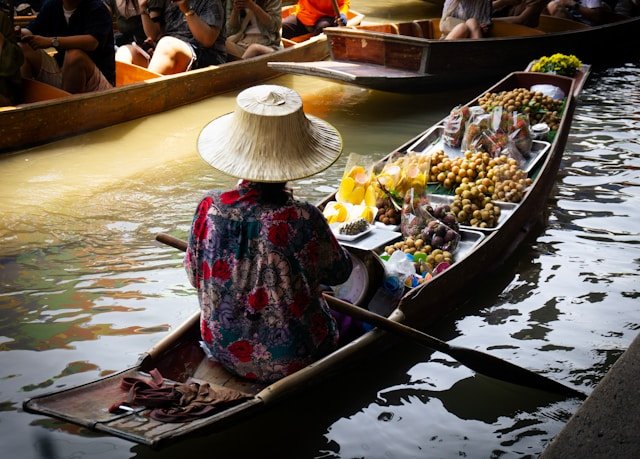
Floating Markets
Though several exist around Bangkok, Damnoen Saduak, about an hour’s drive from the city, is the most famous, with vendors in boats selling fresh fruit, steaming noodles, and trinkets along narrow canals. It’s a tourist-heavy spot—often crowded with cameras and souvenir seekers—but the colorful scene and chance to barter from a hired boat make it a memorable outing. Early mornings are best to beat the crowds and heat, offering a glimpse into a fading way of Thai life that’s equal parts authentic and staged for visitors.
Activities
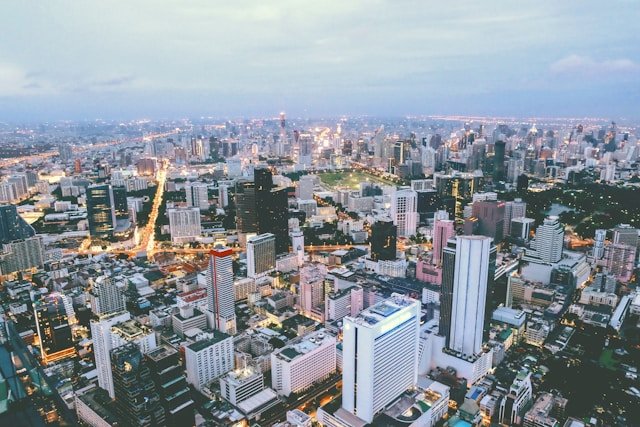
Mahanakhon Skywalk
Located atop the King Power Mahanakhon building, this observation deck soars 1,030 feet above Bangkok, claiming the title of Thailand’s highest viewpoint. From the indoor deck on the 74th floor, you can gaze out at landmarks like Wat Pho and the Chao Phraya River, but the real thrill is the 78th-floor Skywalk, where glass floors let you peer straight down at the streets below—a dizzying experience for the brave. Open day and night, it’s especially striking at sunset when the city lights flicker on, though it can get busy, so booking tickets online helps skip the queue. Wear shoe covers for the glass trays, and expect a hot, unshaded rooftop if you visit during the day.

Rajadamnern Muay Thai Stadium
Since opening in 1945 as the world’s first Muay Thai stadium, this historic venue on Ratchadamnoen Nok Avenue has been a cornerstone of Thailand’s national sport, hosting fights nearly every night of the week. With a capacity of 8,000, it buzzes with energy as local and international boxers compete, accompanied by traditional music and passionate crowds—ringside seats put you close to the action, while upper tiers offer a broader view of the spectacle. Recently modernized, it blends raw authenticity with tourist-friendly touches like air-conditioning and free beer on Saturdays. Arrive early to soak in the atmosphere, and avoid ticket touts by buying directly from the stadium or online.
Flights
Hotels
Tips for Traveling to Bangkok
Stay Savvy with Cash and Scams
Eat Smart and Hydrate
Transportation Guide
Ride the River Like a Local
Best Time to Visit Bangkok
Hot Season: March to May
Value Index
The city offers a remarkable bang for your buck, blending low costs with rich experiences that rival pricier destinations. Accommodation is a standout: you can snag a clean, modern hotel like the Ibis Riverside or Nasa Vegas for $30-$60 a night, while hostels dip below $10—far cheaper than comparable cities like Tokyo or London. Street food, a cornerstone of the Bangkok experience, costs $1-$3 per meal (think pad thai or mango sticky rice), and even sit-down restaurants rarely top $10 unless you’re splurging. Transport seals the deal: BTS and MRT rides are $0.50-$1.50, and river ferries clock in under a dollar, making it easy to explore without draining your wallet. For budget-conscious travelers, this affordability stretches dollars into days of temples, markets, and nightlife.
